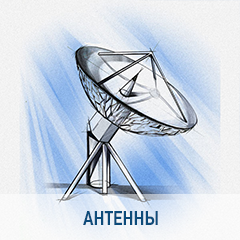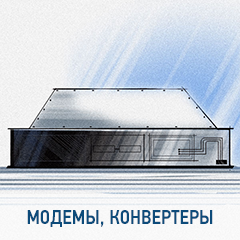 |
The SFC1450A Ku-Band Synthesized Frequency Up Converter has been designed to provide performance that meets or exceeds industry standards. The SFC1450A features also provide ease of integration and operation.
The SFC1450A offers the highest standard output power of any rack-mount up converter available. With an output P1 dB in excess of +10 dBm, the SFC1450A may eliminate the need for line amplifiers in your next installation. Installation of the SFC1450A into any existing earth station is easily accomplished due to the presence of independently adjustable input and output attenuators that provide total gain control of 50 dB. The input attenuator optimizes the existing IF power applied to the converter to a level which guarantees optimal performance over 30 dB of input signal power. Output power is adjustable over 20 dB which further guarantees that spurious performance is maintained independently of up converter gain. Linearity of the converter is equally impressive. The SFC1450A boasts a two tone IMD products of -46 dBc for a combined output power of 0 dBm. Phase linearity is maintained through an internal group delay equalizer that limits parabolic plus linear group delay to less than three nanoseconds across the band. Thus, the SFC1450A is ideally suited for multiple carrier or DVB uplinks where linearity and group delay distortion becomes critical.
Features
-
Low-Cost and High Performance in a 1.75” High Chassis
-
Built-in 1:N Series Switching Option
-
+23 dBm Output Intercept Drives 200 Extra Feet of Coaxial Cable
-
50 dB of Gain Control at 0.1 dB Resolution
-
Versatile Input and Output Attenuator Eases Integration
-
-80 dBc Spurious Suited for Large Earth Stations
-
125 kHz Frequency Resolution (optional 1 KHz)
-
Low Phase Noise
-
Low Group Delay Distortion for High Data Rates and DVB
Monitor and Control
All of the configuration, monitor and control functions are available at the front panel. Operating parameters such as frequency, channel, gain, gain offset and switch settings (backup only) can be readily set and changed at the front panel. Additionally, all functions can be accessed with a terminal or personal computer via a serial link (RS-232, RS-485, or Ethernet) for complete remote monitor and control (M&C) capabilities. Extensive fault monitoring with masking capability, along with time and date stamped event storage are available.
Protection Switch Versatility
Redundancy for the SFC converter products can be supported by a built-in Series Switch or an external rack mounted RCU101 (1:1) or RCU108 (1:N) system. These redundant systems are designed to ensure continuous operation thus allowing a unit to be replaced without disruption of the signal transmission. The built in Series Switching can be configured from a 1:1 to 1:8 redundant system without the need for additional hardware or support equipment. In either case, the built in Series Switch, RCU101 or the RCU108 can be easily configured by connecting the cables and starting the plug and play process.
Identical firmware enables any converter to be plugged into the backup slot and assume the role of protection switch controller. It is the backup converter that learns and stores the frequency, gain and channel settings of the primary converters. The backup converter can be operated automatically, in which case an automatic backup of a failed on-line converter occurs after a user pre-programmed delay. The backup may also be operated manually, allowing the operator to manually switch-in the backup unit. In the event the stored setting of the primary converter is changed, the backup converter will notify the user.
Switching configuration settings, such as priority, fault delay, force and learn controls, backup testing, and compensation, are available on the front panel and all serial interfaces. Status information on all primes, such as summary fault, learn and backup status tests, configuration change, relay status, and converter type, is also available. All circuits are protected upon installation of the switch and upon completion of the learning process. This eliminates the need for complicated software configurations that might otherwise leave a circuit vulnerable. Likewise, replacing a failed converter is as simple as plugging in a replacement.






